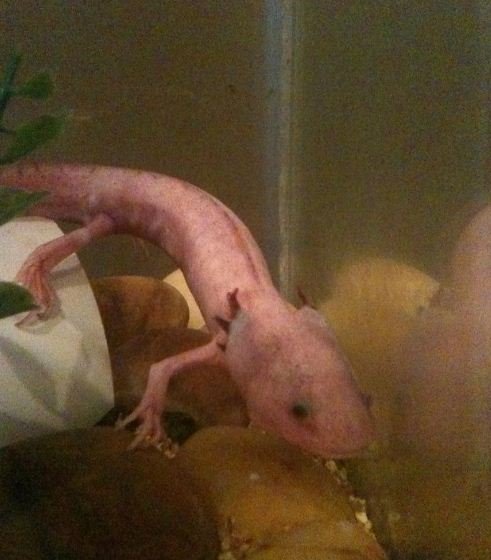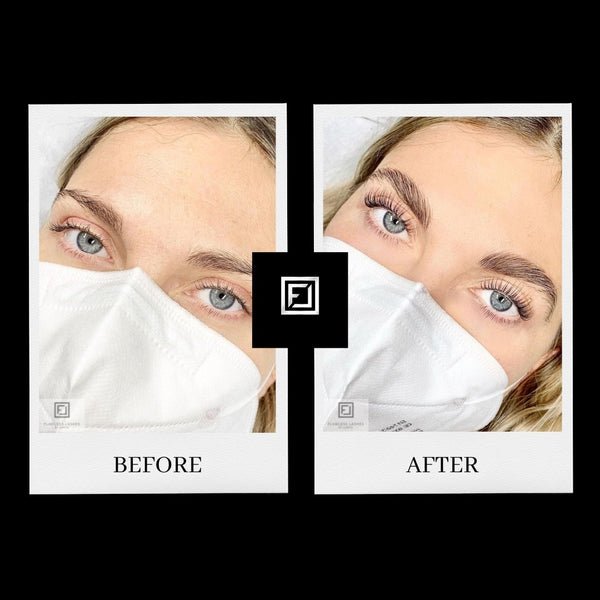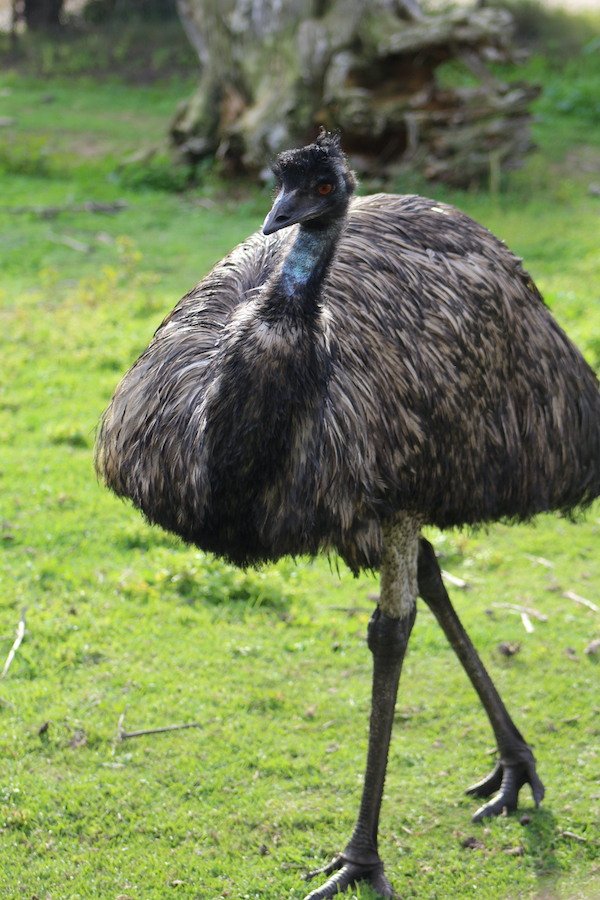If your axolotl is showing signs of lethargy, loss of appetite, or unusual behavior—like floating at the water’s surface—chances are it might be in distress. Identifying these symptoms early is crucial to intervene and potentially save your axolotl’s life. In this article, we delve into the tell-tale signs of a struggling axolotl and provide guidance on how to respond effectively to the question: ‘How do I know if my axolotl is dying?’ Let’s ensure your beloved aquatic friend stays healthy and vibrant for years to come.
How Do I Know If My Axolotl Is Dying?
Welcome to our comprehensive guide on how to determine if your axolotl is in distress or facing potential health issues. Axolotls are fascinating creatures, known for their unique appearance and captivating nature. As a responsible axolotl owner, it’s crucial to be able to recognize the signs that your pet may be unwell. In this article, we will delve into the various symptoms and behaviors that could indicate your axolotl is in trouble.
Understanding the Basics of Axolotl Health
Before we discuss the signs of a potentially dying axolotl, let’s first establish some basics about axolotl health. Axolotls are sensitive creatures that require specific water conditions, temperature range, and diet to thrive. Any deviation from these optimal conditions can impact their well-being.
Water Quality
One of the most critical factors in ensuring your axolotl’s health is maintaining excellent water quality. Axolotls breathe through gills and are highly susceptible to toxins in the water. Regular water testing and changes are essential to prevent health issues.
Temperature
Axolotls are cold-blooded amphibians, which means they rely on the water temperature to regulate their internal body temperature. Sudden fluctuations or extremes in temperature can stress your axolotl and lead to health problems.
Diet and Nutrition
Providing a well-balanced diet is crucial for your axolotl’s overall health. A diet consisting of live or frozen foods like bloodworms, brine shrimp, and axolotl pellets will ensure they receive essential nutrients.
Signs That Your Axolotl May Be Dying
Now, let’s explore the key indicators that your axolotl may be facing health issues or nearing the end of its life. It’s essential to monitor your axolotl regularly and be attentive to any changes in behavior or appearance.
Loss of Appetite
One of the first signs that your axolotl may be unwell is a noticeable decrease in appetite. If your axolotl suddenly stops eating or shows no interest in food, it could indicate an underlying health issue.
Abnormal Swimming Behavior
Healthy axolotls exhibit smooth and coordinated swimming patterns. If you observe your axolotl struggling to swim, floating uncontrollably, or showing signs of buoyancy issues, it may be a cause for concern.
Changes in Skin Color or Texture
The skin of an axolotl can be a good indicator of its health. Any changes in color, such as paleness, redness, or dark spots, could signal health problems. Additionally, rough or peeling skin could indicate skin irritation or infection.
Gasping or Labored Breathing
If your axolotl appears to be gasping at the water surface or breathing heavily, it could suggest respiratory distress. Healthy axolotls breathe steadily and effortlessly, so any signs of labored breathing should be taken seriously.
Lethargy and Unusual Behavior
Axolotls are generally active and curious creatures. If you notice your axolotl becoming lethargic, hiding excessively, or displaying unusual behaviors like floating upside down, it may indicate an underlying health issue.
What to Do If You Suspect Your Axolotl Is Dying
If you observe any of the aforementioned signs or suspect that your axolotl is in distress, it’s essential to take prompt action to address the situation. Here are some steps you can take to help your axolotl:
1. Check Water Parameters
Immediately test the water parameters in your axolotl’s tank, including temperature, pH levels, and ammonia levels. Ensure that the water conditions are within the acceptable range for axolotls.
2. Quarantine Your Axolotl
If you have multiple axolotls in the same tank, consider quarantining the affected axolotl to prevent the potential spread of any infections or illnesses.
3. Consult a Veterinarian
If you are unsure about your axolotl’s condition or if the symptoms persist, it’s advisable to seek professional help from a veterinarian experienced in treating exotic pets like axolotls.
4. Provide Optimal Care
In the meantime, ensure that your axolotl is kept in a stress-free environment with clean water, appropriate temperature, and a balanced diet. Monitor its condition closely and make any necessary adjustments to promote recovery.
In Conclusion
Being attuned to your axolotl’s health and well-being is crucial for providing the best care possible. By recognizing the signs that may indicate your axolotl is dying or unwell, you can take proactive steps to address the situation and potentially save your beloved pet. Remember to stay informed, monitor your axolotl regularly, and always prioritize its health and happiness.
We hope this guide has been helpful in understanding how to identify potential health problems in axolotls. If you have any concerns about your axolotl’s health, don’t hesitate to reach out to a qualified veterinarian for guidance and assistance.
How to Know if an Axolotl is Sick – Red Flags That You Should NEVER IGNORE
Frequently Asked Questions
What are the signs that my axolotl may be dying?
There are several signs to look out for that may indicate your axolotl is in distress or dying. These include lethargy, loss of appetite, unusual color changes, floating sideways or upside down, gasping for air, or unusual lumps or lesions on its body.
How can I check if my axolotl is still breathing?
To check if your axolotl is still breathing, observe its gills for movement. Healthy axolotls have gills that visibly move as they breathe. If you suspect your axolotl may not be breathing, gently touch its gills to see if there is a response.
What should I do if I suspect my axolotl is dying?
If you suspect your axolotl is dying, it is crucial to act quickly. Immediately check the water parameters such as temperature, pH, and ammonia levels. Consider moving the axolotl to a quarantine tank with fresh, clean water and consult a veterinarian with experience in exotic aquatic pets.
Final Thoughts
It is crucial to be vigilant for signs that your axolotl may be dying. Watch out for symptoms like lethargy, loss of appetite, unusual behavior, and physical changes. Regular monitoring and prompt action can make a difference in saving your axolotl’s life. Remember, early detection is key in determining if your axolotl is dying.




